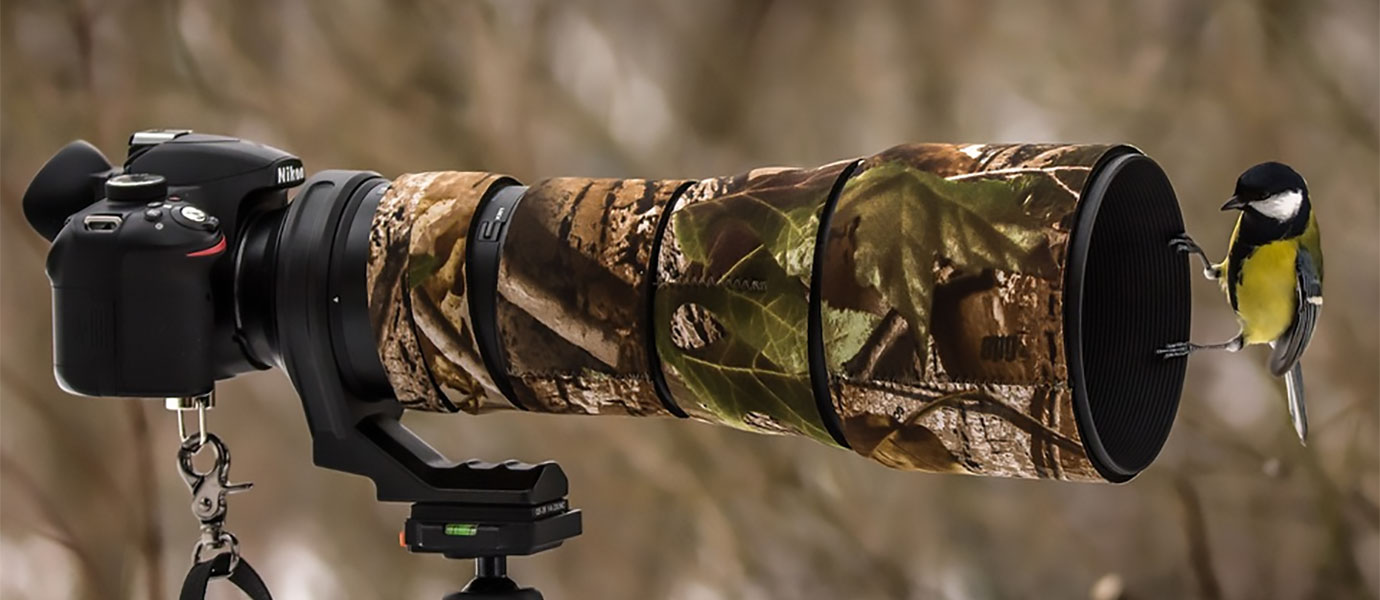ABOUT
New England Falconry
New England Falconry is located on open meadows and forestland in beautiful Western Massachusetts. Experience the ancient art of falconry while learning about the life history of raptors, their role in the environment, and the efforts underway to ensure their survival and conservation. Each activity is always unpredictable and exciting, especially the incomparable thrill of a raptor returning to your glove.
contact info
Hrs: By appointment.
HELPFUL LESSON PLAN(S)
Prepared by FieldTripDirectory.com
Bird Watching Lesson Plan
Birds migrate to move from areas of low or decreasing resources to areas of high or increasing resources. The two primary resources being sought are food and nesting locations.
Birds that nest in the Northern Hemisphere tend to migrate northward in the spring to take advantage of burgeoning insect populations, budding plants and an abundance of nesting locations. As winter approaches and the availability of insects and other food drops, the birds move south again. Escaping the cold is a motivating factor but many species, including hummingbirds, can withstand freezing temperatures as long as an adequate supply of food is available.
View Lesson Plan>>ABOUT
New England Falconry
New England Falconry is located on open meadows and forestland in beautiful Western Massachusetts. Experience the ancient art of falconry while learning about the life history of raptors, their role in the environment, and the efforts underway to ensure their survival and conservation. Each activity is always unpredictable and exciting, especially the incomparable thrill of a raptor returning to your glove.
contact info
Hrs: By appointment.
HELPFUL LESSON PLAN(S)
Prepared by FieldTripDirectory.com
Bird Watching Lesson Plan
Birds migrate to move from areas of low or decreasing resources to areas of high or increasing resources. The two primary resources being sought are food and nesting locations.
Birds that nest in the Northern Hemisphere tend to migrate northward in the spring to take advantage of burgeoning insect populations, budding plants and an abundance of nesting locations. As winter approaches and the availability of insects and other food drops, the birds move south again. Escaping the cold is a motivating factor but many species, including hummingbirds, can withstand freezing temperatures as long as an adequate supply of food is available.
View Lesson Plan>>ABOUT
New England Falconry
New England Falconry is located on open meadows and forestland in beautiful Western Massachusetts. Experience the ancient art of falconry while learning about the life history of raptors, their role in the environment, and the efforts underway to ensure their survival and conservation. Each activity is always unpredictable and exciting, especially the incomparable thrill of a raptor returning to your glove.
contact info
Hrs: By appointment.
HELPFUL LESSON PLAN(S)
Prepared by FieldTripDirectory.com
Bird Watching Lesson Plan
Birds migrate to move from areas of low or decreasing resources to areas of high or increasing resources. The two primary resources being sought are food and nesting locations.
Birds that nest in the Northern Hemisphere tend to migrate northward in the spring to take advantage of burgeoning insect populations, budding plants and an abundance of nesting locations. As winter approaches and the availability of insects and other food drops, the birds move south again. Escaping the cold is a motivating factor but many species, including hummingbirds, can withstand freezing temperatures as long as an adequate supply of food is available.
View Lesson Plan>>ABOUT
New England Falconry
New England Falconry is located on open meadows and forestland in beautiful Western Massachusetts. Experience the ancient art of falconry while learning about the life history of raptors, their role in the environment, and the efforts underway to ensure their survival and conservation. Each activity is always unpredictable and exciting, especially the incomparable thrill of a raptor returning to your glove.
contact info
Hrs: By appointment.
HELPFUL LESSON PLAN(S)
Prepared by FieldTripDirectory.com
Bird Watching Lesson Plan
Birds migrate to move from areas of low or decreasing resources to areas of high or increasing resources. The two primary resources being sought are food and nesting locations.
Birds that nest in the Northern Hemisphere tend to migrate northward in the spring to take advantage of burgeoning insect populations, budding plants and an abundance of nesting locations. As winter approaches and the availability of insects and other food drops, the birds move south again. Escaping the cold is a motivating factor but many species, including hummingbirds, can withstand freezing temperatures as long as an adequate supply of food is available.
View Lesson Plan>>
